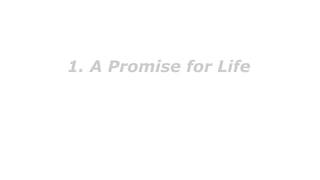Healthcare workshop quiz
- 1. Round 1 Name that īÚūąąôģūĄ.
- 10. Round 3 World
- 11. 1. In 1950 there were fewer than 1 billion children (aged 0-14) worldwide; by 2000 this figure increased to almost 2 billion. How many children does the UN estimate there will be by 2100?
- 12. 2. There are 7 billion people in the world. How does the population break down?
- 13. 3. What is the average life expectancy of the worldĄŊs population?
- 14. 4. What is the global adult literacy rate?
- 15. 5. Which of these curves shows the worldĄŊs income distribution? A B C
- 16. 6. On average, men aged 25-34 have spent eight years at school. What is the average for women of the same age group?
- 17. 7. How much of the worldĄŊs energy comes from solar and wind power?
- 18. 8. By 1965 the average number of babies born per woman had decreased to five. What's todayĄŊs average?
- 19. 1. In 1950 there were fewer than 1 billion children (aged 0-14) worldwide; by 2000 this figure increased to almost 2 billion. How many children does the UN estimate there will be by 2100? Answer: 2 billion!
- 20. 2. There are 7 billion people in the world. How does the population break down?
- 21. 3. What is the average life expectancy of the worldĄŊs population? Answer: 70 years
- 22. 4. What is the global adult literacy rate? Answer: 80%
- 23. 5. Which of these curves shows the worldĄŊs income distribution? A B C
- 24. 6. On average, men aged 25-34 have spent eight years at school. What is the average for women of the same age group? Answer: 7 years
- 25. 7. How much of the worldĄŊs energy comes from solar and wind power? Answer: 2%
- 26. 8. By 1965 the average number of babies born per woman had decreased to five. What's todayĄŊs average? Answer: 2.5
- 27. Round 2:Eyes are the windows to the soul
- 40. Taylor Swift
- 41. Bradley Cooper
- 42. Johnny Depp
- 43. Tom Cruise
- 44. George Clooney
- 45. Tom Hanks
- 46. Kim Kardashian
- 47. Julia Roberts
- 48. Meryl Streep
- 49. Matt Damon
- 50. Daniel Radcliffe
- 51. Jack Nicholson
- 52. Name the pharmaceutical giant!
- 53. 1. A Promise for Life
- 54. 2. Health connects us all"
- 55. 3. Our pursuit , LifeĄŊs potential
- 56. 4. See better. Live better
- 58. 6. Value through innovation
- 59. 7. Doing now what patients need next
- 60. 8. Think smart medicine
- 61. 9. Passion for innovation, compassion for patients
- 62. A Promise for Life
- 63. Health connects us all"
- 64. Our pursuit , LifeĄŊs potential
- 65. Bausch & Lomb See better. Live better
- 68. Doing now what patients need next
- 69. Passion for innovation, compassion for patients





































































